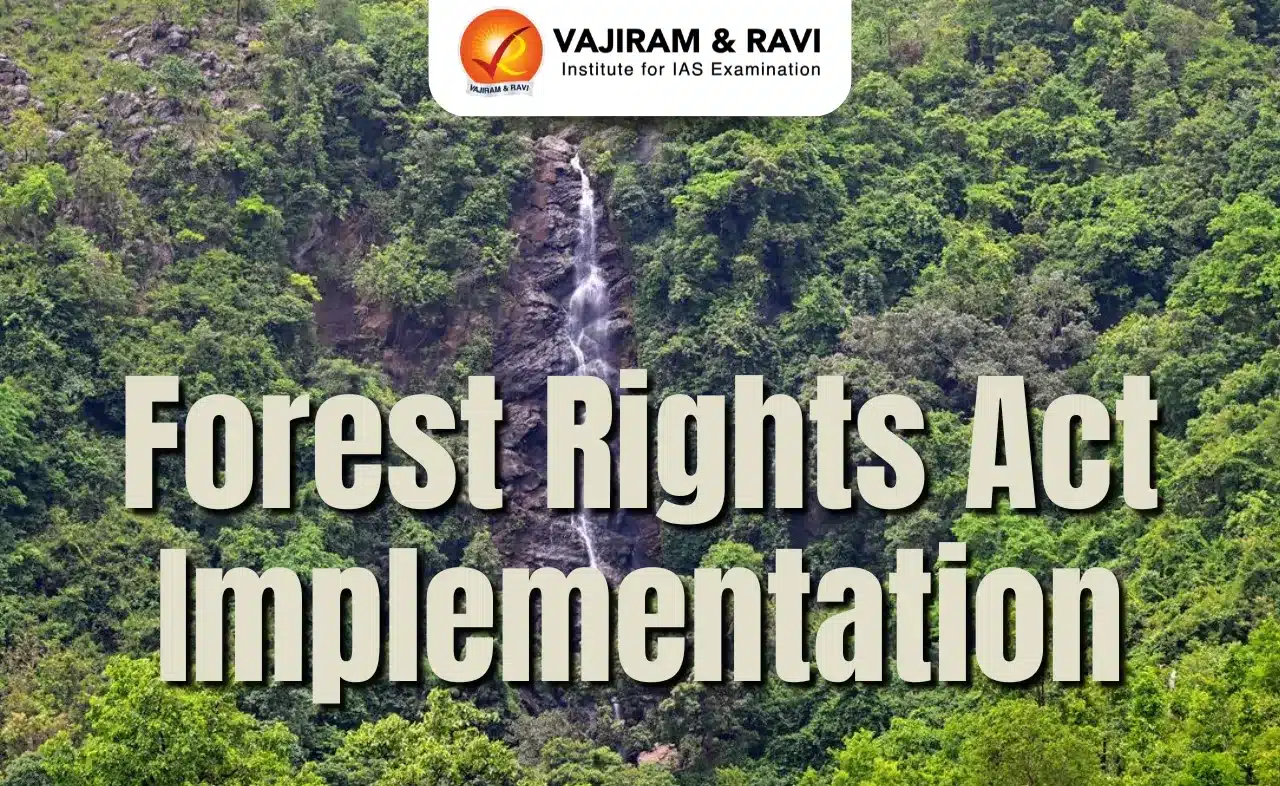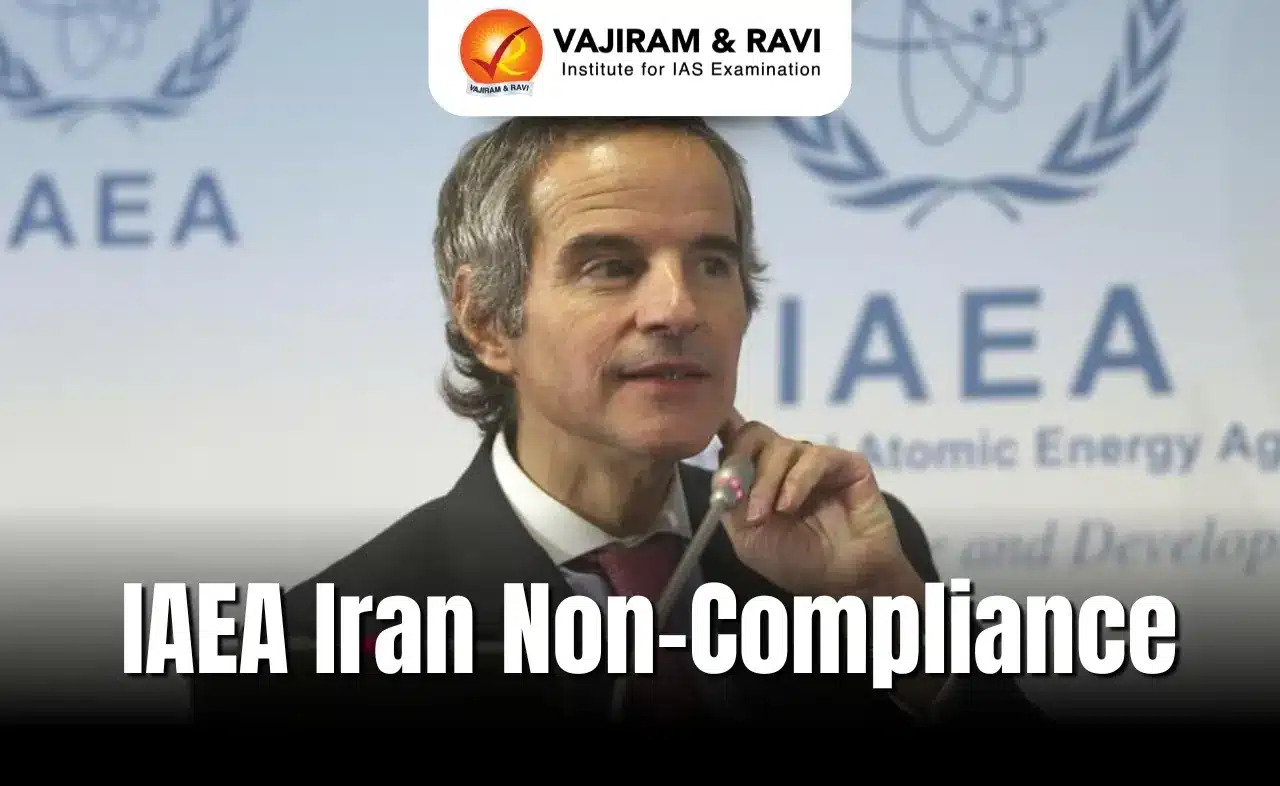What’s in today’s article?
- Introduction
- Accountability Mechanism for Judges
- Case Studies Highlighting the Challenges
- Need for Reforms
- Conclusion
Introduction
- The accountability of judges in India, particularly in the higher judiciary, remains a contentious issue due to the complex mechanisms and significant immunity granted to them.
- Recent events, such as controversial remarks by Justice Shekhar Kumar Yadav of the Allahabad High Court, have reignited the debate on judicial accountability and the difficulties in addressing judicial misconduct effectively.
Accountability Mechanism for Judges
- Legal Framework:
- The process for holding judges accountable is governed by the Judges (Inquiry) Act, 1968, supported by Articles 124(4), 124(5), 217, and 218 of the Indian Constitution.
- Review Process:
- A judge can only be removed based on “proved misbehaviour or incapacity” as determined by a three-member committee comprising:
- A Supreme Court judge
- A Chief Justice of a High Court
- An eminent jurist
- Impeachment Process:
- Initiation of impeachment requires a motion in either the Lok Sabha or Rajya Sabha, approved by the respective presiding officer.
- Removal demands a two-thirds majority of members present and voting in both Houses of Parliament.
Case Studies Highlighting the Challenges
- Justice V. Ramaswamy (Supreme Court Judge)
- Allegations: Accused of financial impropriety, such as extravagant spending on his official residence and misusing public funds.
- Outcome:
- A committee found him guilty, leading to the Chief Justice of India deciding not to allocate any work to him.
- Despite this, the impeachment motion in the Lok Sabha failed in 1993 due to abstentions by the ruling Congress Party.
- Justice Ramaswamy continued in office and retired with full benefits, highlighting the inadequacy of the impeachment process.
- Justice Soumitra Sen (Calcutta High Court Judge)
- Allegations: Misappropriation of ₹33.23 lakh as a court-appointed receiver and misrepresentation of facts.
- Outcome:
- Found guilty by a three-member committee.
- Rajya Sabha voted for his removal, but he resigned before the motion could be tabled in the Lok Sabha.
- His resignation underscored the challenge of ensuring accountability once a judge steps down.
- Justice P.D. Dinakaran (Sikkim High Court Chief Justice)
- Allegations: Accused of land grabbing and other serious misconduct.
- Outcome:
- Resigned on the day the three-member committee was to begin its proceedings.
- His resignation effectively halted the investigation and highlighted the loophole wherein resignation can abort accountability mechanisms.
Need for Reforms
- Continue Investigations Post-Resignation:
- Resignation should not end an investigation, as it allows accused judges to evade accountability.
- Legal reforms must ensure the continuation of proceedings to establish guilt or innocence, irrespective of resignation.
- Independent Oversight:
- Establish a more robust framework to investigate allegations without requiring parliamentary approval at the initial stages.
- Revisiting the Judges (Inquiry) Act:
- Amendments are needed to address procedural delays and reduce political interference in impeachment motions.
Conclusion
- The current framework for holding judges accountable in India is inadequate to address instances of judicial misconduct effectively.
- High levels of immunity, coupled with procedural delays and loopholes, undermine public confidence in the judiciary.
- Strengthening the legal mechanisms and ensuring continuity in accountability processes are essential to uphold judicial integrity and maintain trust in the rule of law.
Q1. What is the role of the National Crime Records Bureau (NCRB)?
The NCRB is a government agency responsible for collecting and analysing crime data as defined by the IPC and Special and Local Laws (SLL). NCRB is headquartered in New Delhi and is part of the Ministry of Home Affairs (MHA).
Q2. What is the Supreme Court of India Collegium and How does it Work?
The Collegium of the Supreme Court consists of 5 senior most Judges including the Chief Justice of India. They will consider the elevation of Chief Justices/Judges of High Court to Supreme Court, elevation of Judges of High Courts as Chief Justices and elevation of Judges. In case of difference of opinion, the majority view will prevail. Since the Constitution mandates consultation with the Chief Justice of India is necessary for appointments to the judiciary, the collegium model evolved.
Source : TH
Last updated on June, 2025
→ UPSC Notification 2025 was released on 22nd January 2025.
→ UPSC Prelims Result 2025 is out now for the CSE held on 25 May 2025.
→ UPSC Prelims Question Paper 2025 and Unofficial Prelims Answer Key 2025 are available now.
→ UPSC Calendar 2026 is released on 15th May, 2025.
→ The UPSC Vacancy 2025 were released 1129, out of which 979 were for UPSC CSE and remaining 150 are for UPSC IFoS.
→ UPSC Mains 2025 will be conducted on 22nd August 2025.
→ UPSC Prelims 2026 will be conducted on 24th May, 2026 & UPSC Mains 2026 will be conducted on 21st August 2026.
→ The UPSC Selection Process is of 3 stages-Prelims, Mains and Interview.
→ UPSC Result 2024 is released with latest UPSC Marksheet 2024. Check Now!
→ UPSC Toppers List 2024 is released now. Shakti Dubey is UPSC AIR 1 2024 Topper.
→ Also check Best IAS Coaching in Delhi






















